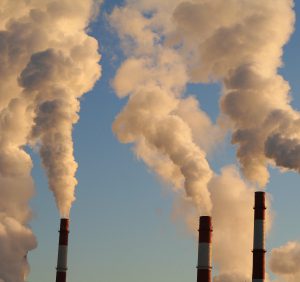While the International Conference on Climate Change has come and gone (Paris Climate Summit), we at Quik-Therm wanted to bring to the attention of our readers a highlight from a recent CBC news report (http://www.cbc.ca/news/politics/justin-trudeau-environment-minister-uphill-battle-1.3302710).
 In 2009, Canada committed to having greenhouse gas (GHG) emissions in 2020 that are 17% below 2005 emissions. According to Environment Canada, Canada emitted 736 megatonnes of GHGs in 2005. To meet our 2009 commitment, Canada needs to lower its emissions to 611 megatonnes in 2020 or by 125 megatonnes from 2005 levels. As an aside, in May 2015, Canada said it would further reduce its GHG emissions to 30% below 2005 levels by 2030. Whether a new commitment will be made following the Paris Climate Summit is unknown. Either present target puts Canada well behind those proposed by most other industrialized economies.
In 2009, Canada committed to having greenhouse gas (GHG) emissions in 2020 that are 17% below 2005 emissions. According to Environment Canada, Canada emitted 736 megatonnes of GHGs in 2005. To meet our 2009 commitment, Canada needs to lower its emissions to 611 megatonnes in 2020 or by 125 megatonnes from 2005 levels. As an aside, in May 2015, Canada said it would further reduce its GHG emissions to 30% below 2005 levels by 2030. Whether a new commitment will be made following the Paris Climate Summit is unknown. Either present target puts Canada well behind those proposed by most other industrialized economies.
In its report, the CBC cites a federal Department of Finance memo that discusses the effectiveness of a number of federal programs directed at reducing Canada’s greenhouse gas emissions by 2020. The second most effective program in terms of the reduction of GHG emissions is the ecoENERGY Efficiency Initiative started in 2011. This program is aimed at improving the energy efficiency of homes and other buildings in Canada through the use of improved standards and building techniques and materials. It is expected to reduce Canada’s GHG emissions 6.5 megatonnes/year by 2020.
In comparison, the most effective federal program is the one designed to improve the fuel economy of motor vehicles (16 megatonnes reduction per year by 2020).
The now defunct ecoENERGY Efficiency Initiative should not be confused with the earlier popular ecoENERGY Retrofit program which ran from 2006 to 2011. The Retrofit program gave grants to homeowners to improve the energy efficiency of their homes. Approximately 640,000 homeowners took advantage of the Retrofit program, reducing their home energy usage on average by about 23% and Canada’s GHG emissions by approximately 2 megatonnes/year. A new retrofit grant program can only help improve these numbers.
The Department of Finance memo estimates that overall by 2020, the present federal programs will reduce Canada’s GHG emissions by about 40 megatonnes from 2005 levels. The remaining 85 megatonnes reduction from 2005 levels will have to come from provincial and municipal efforts.
The continued improvement in the energy efficiency of our homes and other buildings, including through the use of better insulation products, is a vital and effective piece of Canadians’ efforts to meet our GHG emission targets. Quik-Therm is proud of the role our line of quality insulation products is playing to help improve the energy efficiency and comfort of Canadian homes and businesses.
